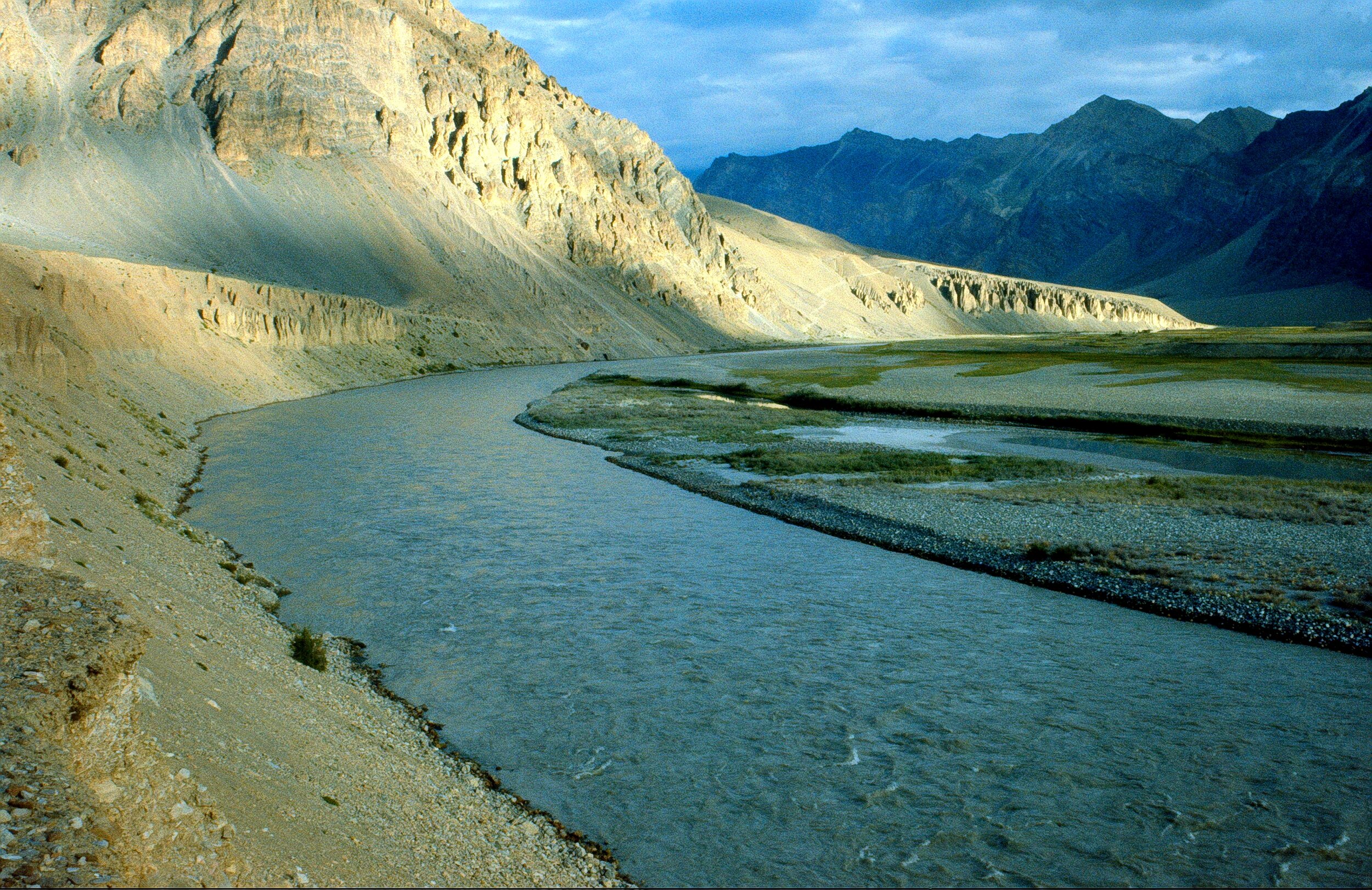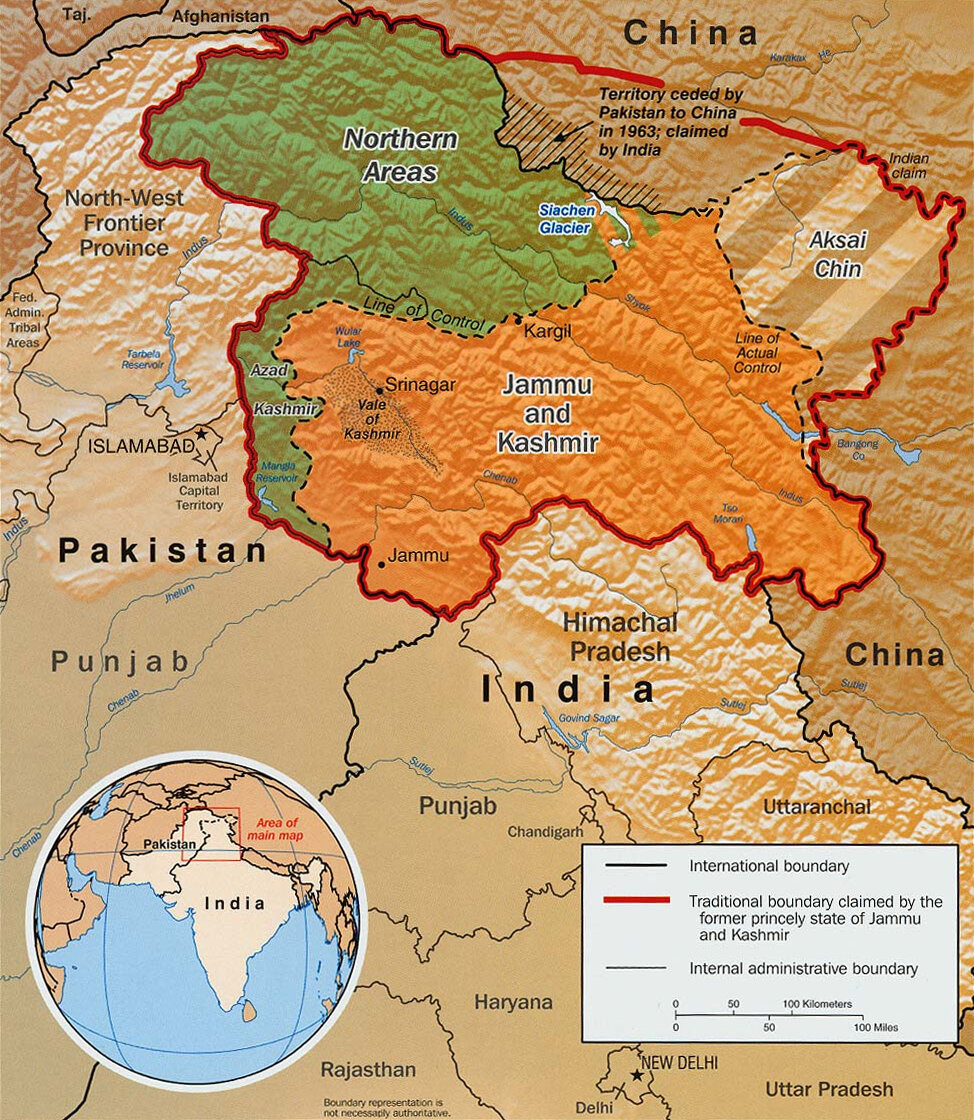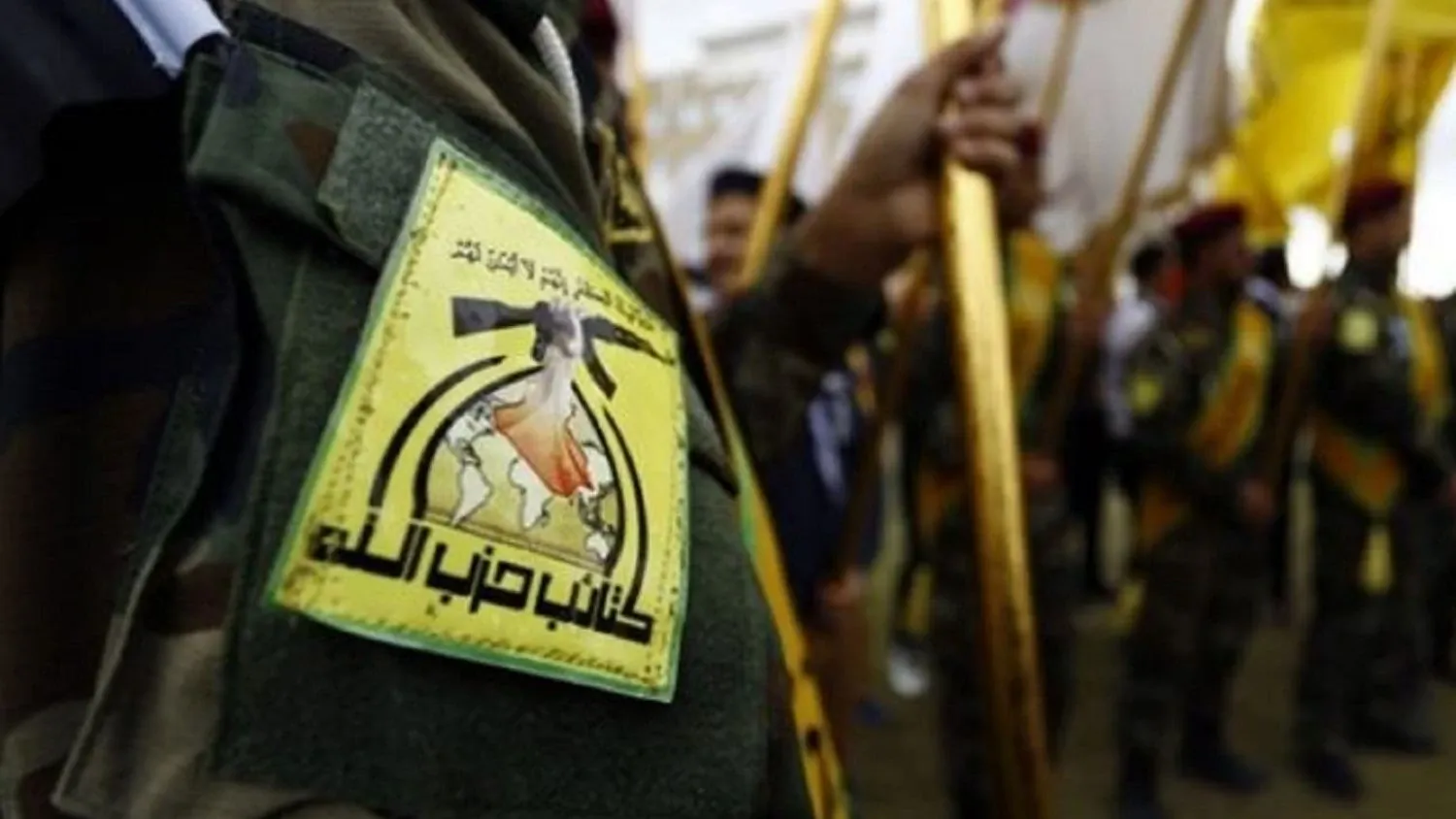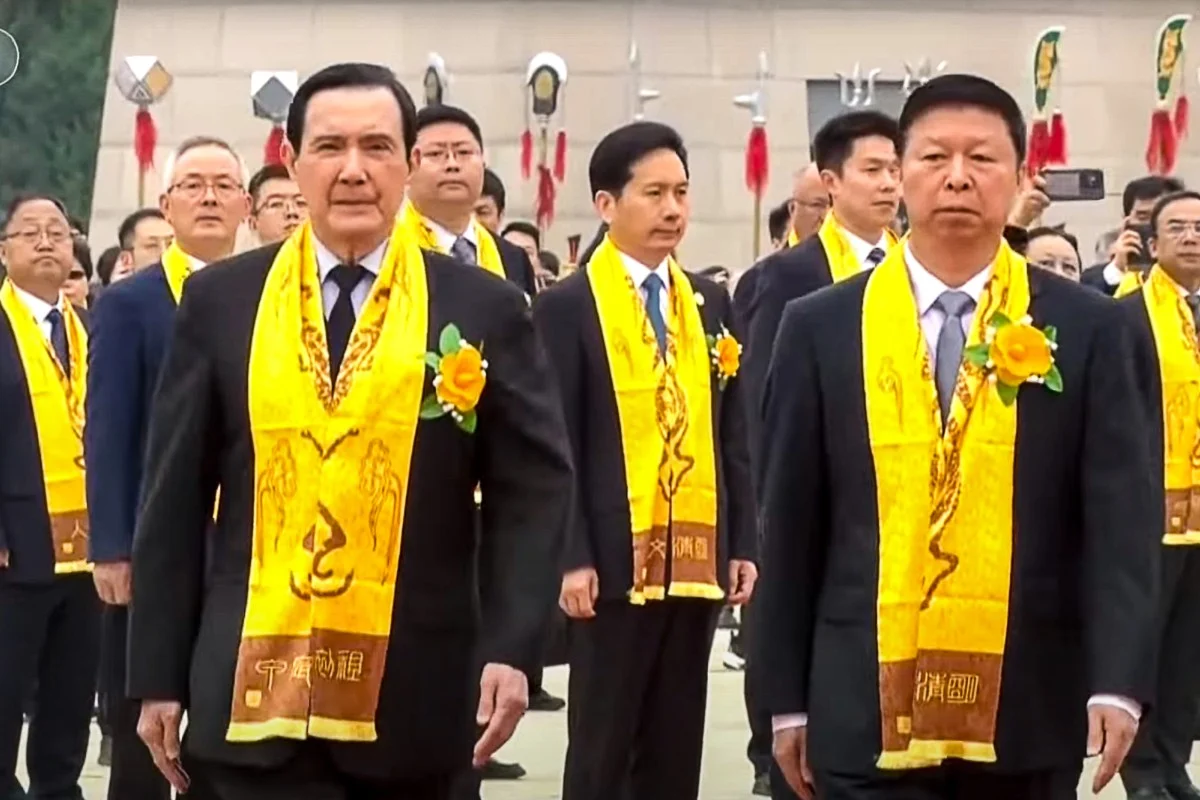PICTURED: The Doda River in the disputed Landakh Province, Kashmir.
LADAKH, Kashmir, India. Monday June 15th, 2020. Clashes between Chinese and Indian infantry along their disputed border region have left as many as 63 soldiers dead. Similar to the fists and stones thrown in an earlier confrontation between the same forces in May in the state of Sikkim, local reports say that Chinese troops beat the Indians to death with “rocks and clubs,” in what an Indian army spokesman described as a “violent face-off”.
Reports indicate that 20 Indian soldiers died, and as many as 43 Chinese were also killed in the skirmish which took place along the strategically-important Galwan river valley, but that the two nations have “disengaged” and no further fighting is expected.
Indian foreign ministry spokesperson Anurag Shrivastava described the clashes as “an attempt by the Chinese side to unilaterally change the status quo” on the border.
“India is very clear that all its activities are always within the Indian side of the Line of Actual Control. We expect the same of the Chinese side,” he said.
Meanwhile China’s foreign ministry spokesman, Zhao Lijian, said Indian troops crossed the border on two separate occasions on Monday, “provoking and attacking Chinese personnel, resulting in serious physical confrontation between border forces on the two sides”.
PICTURED: The disputed region of Kashmir, in which the broken black line represents where Chinese and Indian troops are stationed.
A road to war?
NDTV said that Colonel B Santosh Babu of the Bihar regiment was reportedly assaulted with stones before Indian soldiers retaliated, leading to unarmed combat for several hours followed by a disengagement. The disputed area is at high altitude and very cold.
Known as the Line of Actual Control – the 3,488 km unofficial boundary between India and China, the face-off begun at the Galwan River, which was one of the early triggers of the 1962 India-China war, along with the Pangong Tso – a glacial lake at 14,000 feet in the Tibetan plateau.
Remarks by Zhang Shuli, spokesman for the Chinese Western Theater Command, were published by Chinese state media on Tuesday saying that India must stop “all infringements and provocative actions against China and return to dialogue to resolve their disagreements”.
Dialogues have progressed since a May 9th scuffle of a similar nature in which no soldiers were killed, but have produced nothing of value for either party.
The two nuclear-armed powers are unlikely to go to war over the clashes, but it could result in more armed clashes in the future, as soldiers in the region understand that while Ladakh hasn’t heard gunfire since 1975, confrontations have turned violent and deadly this year, and perhaps greater firepower is needed to defend their positions.




